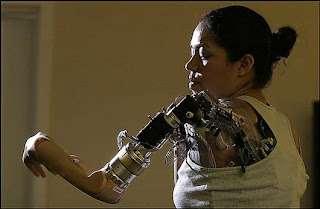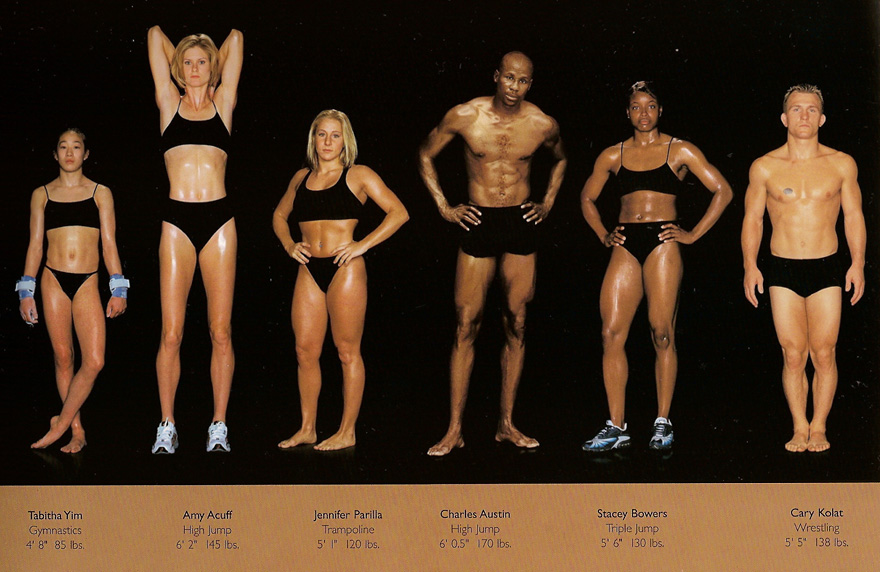Christian of The Thinking Grounds has posted a new installment in his series on defining the body. His focus this go-round is on debunking the idea that the body can be simply defined as that which is obedient to our will. He goes through a couple of examples of bodies that are subject to limited control but are still accepted as ours, including bodies stricken by paralysis, conjoined twins and two-headed snakes, or involuntary physical motions.
I’m still deciding whether I actually disagree with Christian about whether any of this is a blow against thinking about the body as serving our will. Plenty of tools I use don’t always serve me properly, and it’s usually because of a fault on my end. My body, like my computer, operates on the principle of garbage in, garbage out. I can’t complain about my tendency to get out of breath when I go up the stairs to my room, given that I almost never exercise any more than I can blame SAS for malfunctioning when I omit a semicolon.
When I use technology or my body I can always be limited by my own mastery of my tools or by the physical insufficiency of any of those tools. I think of ownership of any of these implements as defined by some kind of mixture of my legal ownership, the availabilty of the tool for my use, and my own efforts at mastery (that last in a bit of a Lockean sense). And I have a burgeoning sympathy for the Maker’s Motto of “If you can’t open it, you don’t own it.”
Because I’m well aware of the limits of my tools, I don’t have any particular respect for my body-as-is or as some ideal form. Transhumanism and self-hacking is a way to transcend the limits of our control and our tools. The efforts of the folks at Less Wrong to understand and overcome the biases of human reason and the detritus of evolution stand in stark contrast to David Brooks’s desire to understand and accept.
My idea of body ownership is active, and still isn’t limited to the organic components, just because they’re currently best integrated.












